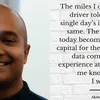
Natasha Jethanandani, CTO of Kaleidofin
As the CTO of Kaleidofin, Natasha Jethanandani is focussed on making financial services inclusive, especially for the unbanked. Having been the Head of Engineering at BankBazaar, building tech for financial services wasn’t new for Natasha.
But, her switch to Kaleidofin was “driven by a strong personal motivation” to use her learnings to make more of a social impact on lives.
“I was really attracted to Kaleidofin’s mission to propel customers towards their real life-goals by providing intuitive and tailored financial solutions as a neobank,” explains Natasha.
Her love for science was influenced immensely by her father, who was an electrical engineer, and her mother, who has a master’s in Physics.
“I grew to love math with a ton of puzzles at the dinner table. We had just started learning BASIC programming in school and I was hooked. I created a tool that could take a chemical equation and visualise it with animated floating molecules coming together – I thought it would be a fun way to learn chemistry,” recalls Natasha.
Computer Science 101
Right before she was set to join junior college, Natasha was chosen to go to Asheville School, a boarding school in North Carolina, US, and it was a huge cultural shift.
“It made me independent at an early age. It also opened up a whole new world with easy access to computers, email for the first time, and options to explore maths and computing,” says Natasha.
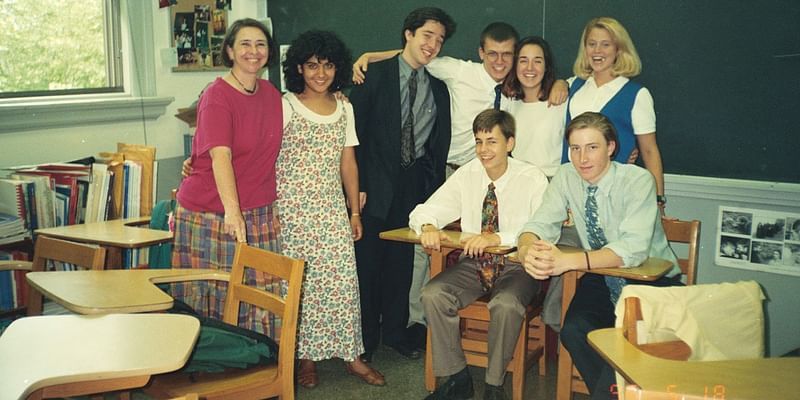
Natasha (second from left) at Asheville School, North Carolina
She went on to join Stanford University, and initially planned to pursue a degree in chemical engineering.
“But that all changed after taking Computer Science 101. I loved the combination of problem-solving, theory, and hands-on building of products that made up CS. I loved the logic and the endless possibilities it opened up,” she recalls.
At Stanford, Natasha built multiplayer games from scratch, dabbled in animation software, and double majored in CS and Economics. She also pursued statistics and modelling techniques.
When she had to choose between pursuing investment banking or consulting, and continuing with computing, the path ahead was simple.
“I stayed on at Stanford to get my master’s in CS. Around this time, I became obsessed with distributed computing and networking. From summer internships at Infosys, Sun Microsystems, and Microsoft, to research at Stanford in interactive workspaces with real-time audio-video detection for camera direction control and feedback in online classrooms — all provided interesting real world exposure to the world of engineering and products,” says Natasha.
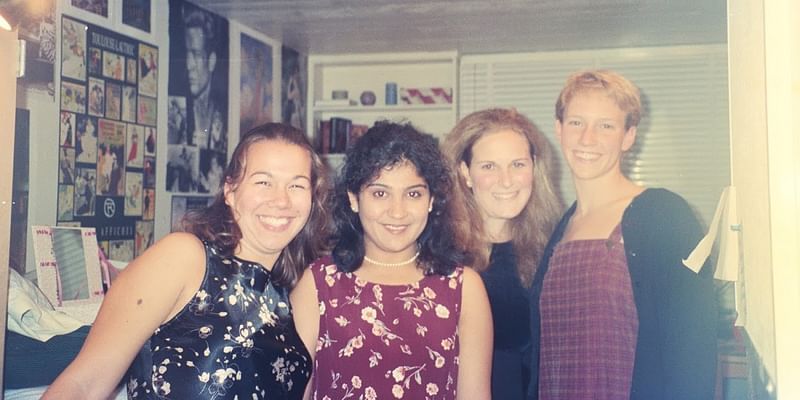
Natasha (second from left) with classmates at Stanford
The first step
Soon after her graduation, Natasha lost her father, which, she says changed her as a person, making her quieter and more focused.
“I almost relocated to India to be with my mother. But after I spent a few months with her, she took charge of my father’s business and shooed me back to the US. She is an absolute rock and my biggest role model in how she stepped up to the challenge,” she says.
In 2002, she joined Microsoft as an engineer on the .Net framework and web services team, which Natasha says is a great way to build a scalable communications stack to be used by developers across the world.
“It was an eye-opening experience. My first project was to work on fixing performance issues that required drilling deep into the stack, including understanding C++ COM at times. I learned a lot from my managers about best practices in engineering, clean APIs, code reviews, etc. Learning from technical fellows like Don Box and being in design discussions helps you realise you have a long way to go,” says Natasha.
At Microsoft, she also built the serialisation stack from scratch, which taught her the importance of performance and being detail oriented. Every object in WCF went through serialisation, Natasha says. They were the base of the web services stack and any lag at this level would be magnified in web service calls.
She went on to manage a team handling API design for web services. “Microsoft provided some great learning experiences around leading teams,” says Natasha.
However, in 2008, she quit Microsoft to move to New York with her husband.
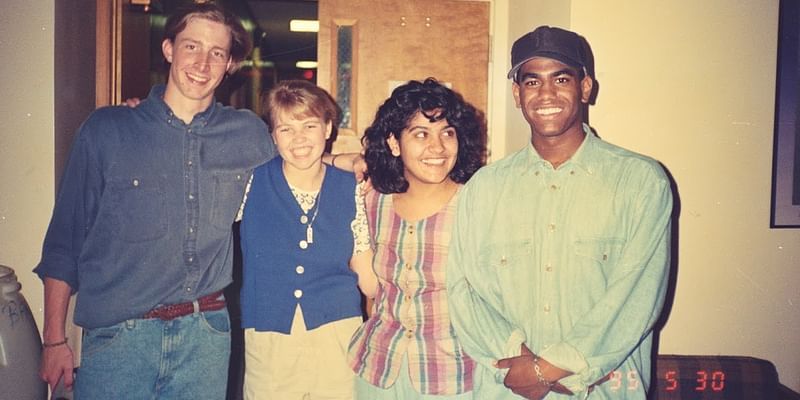
Natasha (second from right) with classmates at Asheville School, North Carolina.
Google calling
Before the big move, the duo decided to travel around Africa and Europe – summiting Kilimanjaro, scuba diving in the Red Sea, and more.
Once in New York, Natasha found herself being intrigued by Google and joined the Chelsea office as one of the lead engineers.
Here, she led the conceptualisation and alpha launch of DFP Video. Natasha calls it a marriage of Google and DoubleClick’s offerings in the video advertising space.
The idea was to help large content publishers like NBC and ABC easily manage campaigns across mediums and work towards inventory recommendations.
“I was super excited when I got the chance to present the demo to Google founders Sergey Brin and Larry Page. I worked on a product plan and pitched the idea within the AdSense team. It was a chance to drive a startup and build a team within a larger organisation. The chance to work with the smartest minds in the industry was great,” says Natasha.
Starting up and failing
After 16 years in the US and the birth of her second daughter, Natasha decided to move to India. The family settled in Chennai and Natasha decided to start up and co-founded Pinpoint Systems in 2013.
Pinpoint focussed on building connected car technology to provide telematics and smart recommendations on how you should best use and monitor your car, along with navigation and infotainment.
Natasha says, “We built an Android system with OS modifications to support music. It was my first foray into hardware engineering, and we were lucky to work with an expert in the space. It was also my first attempt to build a startup from scratch and I realised the challenges it brings in prioritising relentlessly, pitching effectively, and building the right team.”
She adds, “It was the last point that I struggled most. With most of my network in the US, I found it tough to build up a team in a new city. One key learning I took from this experience was that I should have started with a full-time co-founder, who had complementary skills to mine.”
Around a year later, she met the co-founders of BankBazaar and decided to join them “to learn what it took them to build a successful startup in India” and shut down Pinpoint Systems.
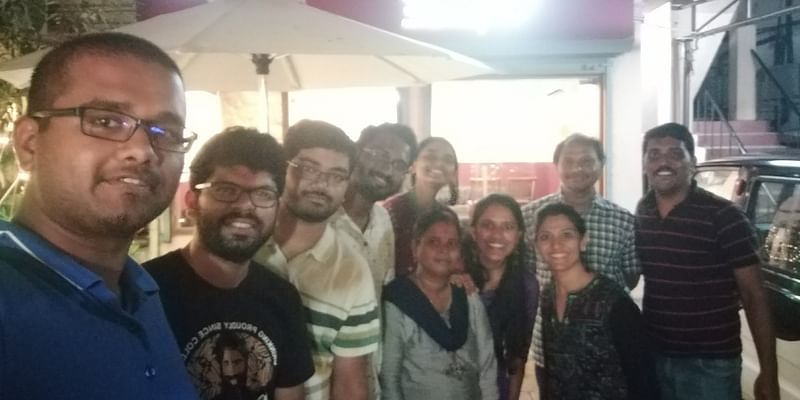
Natasha with BankBazaar teammates
Learnings from BankBazaar
As the Head of Engineering at BankBazaar from 2014 to 2018, Natasha learnt how to build a team and an ecommerce business, and scale up customers acquisition while balancing engineering investments.
In the four years Natasha was at BankBazaar, the startup introduced several new products, including insurance, mutual funds, and credit scoring with market success. It also introduced personal finance support into its mobile app and built up app acquisition organically to over one million installs.
“Personalisation of data and improved targeting capabilities required us to deliver an involved customer data analytics platform that yielded massive growth in customer applications,” says Natasha.
Building for impact
In 2018, Natasha moved to neobank startup for the informal sector customer Kaleidofin, which was founded in 2017 by Sucharita Mukherjee and Puneet Gupta.
“I wanted to amplify my impact on the direction of the company in a CTO role, heading engineering and product. At the time, Kaleidofin was trying to launch its assisted channel app, which allows agents and branch managers in partner institutions, like microfinance institutions and small banks, to onboard customers digitally into goal-based solutions,” she says.
Natasha says it has been an interesting ride, working with the founders of Kaleidofin, adding that the founders have a keen eye for building for financial inclusion and applying her engineering and product building skills to build a scalable tech platform to recommend and deliver the right products to every customer.
But it hasn’t been easy. “We started with everything paperless using the India Stack but were hit by the Supreme Court’s decision, limiting the use of Aadhaar-based authentication for KYC and payments. This meant investing in a lot more tech around AI and computer vision-based techniques to detect issues in paper based processes,” says Natasha.
The various models and OCR techniques helped Kaleidofin improve its success rates in onboarding customers in deep rural geographies on low-end phones with basic cameras.
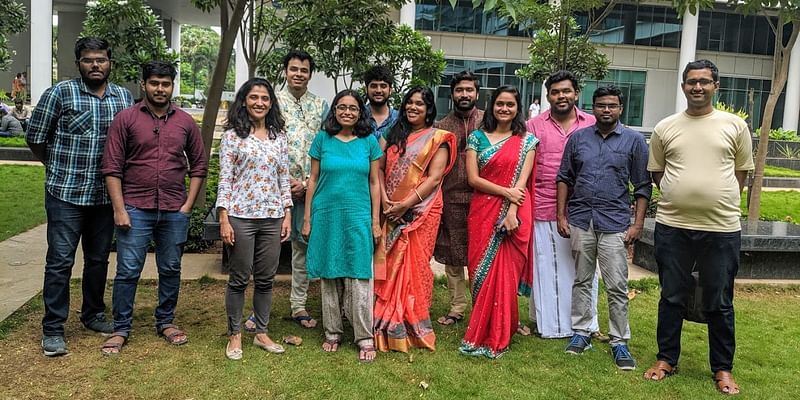
Natasha with the Kaleidofin team
“It has been eye-opening how building for the masses in India requires more tech investments around intuitive experiences, communication channels, and language,” she adds.
Natasha and the team at Kaleidofin are working on several products to bring tailored solutions to customers.
“The journey ahead promises to be full of interesting challenges,” she says.
Being the only woman in the room
Even after two decades, Natasha’s passion for coding and programming remains the same. Today, while hiring techies, she says there are two important things to look for — learning and the willingness to learn.
“It is given that you need to be good at your basics. Your core ability to look through problems and the ability to solve for them comes from basics, which needs to be strong. I also look for people who dabble with things, build products and apps outside the work, matter. It shows passion,” says Natasha.
On being a woman techie, she says while it is hard to often be the “only woman in the room,” it is important to not get intimidated.
Natasha says, “I have been very lucky to have been in professional organisations like Microsoft and Google. But you can’t help it, if you are the only woman, team after team, meeting after meeting, you do wonder — did I take longer to get that promotion?”
She advises women to openly ask for things you want, discuss your compensation and promotions.
“Find the right role models, even if you aren’t working directly with them. When I was at Google, a woman was leading Google Maps. I found that inspiring,” recalls Natasha, “Even if there are very few, find them. The biggest change will happen if you encourage girls to code earlier and say they are no different from the boys.”
(Edited by Saheli Sen Gupta)
Want to make your startup journey smooth? YS Education brings a comprehensive Funding Course, where you also get a chance to pitch your business plan to top investors. Click here to know more.
Link : https://yourstory.com/2019/05/techie-tuesday-microsoft-google-kaleidofin-natasha-jethanandani
Author :- Sindhu Kashyaap ( )
August 18, 2020 at 06:00AM
YourStory






